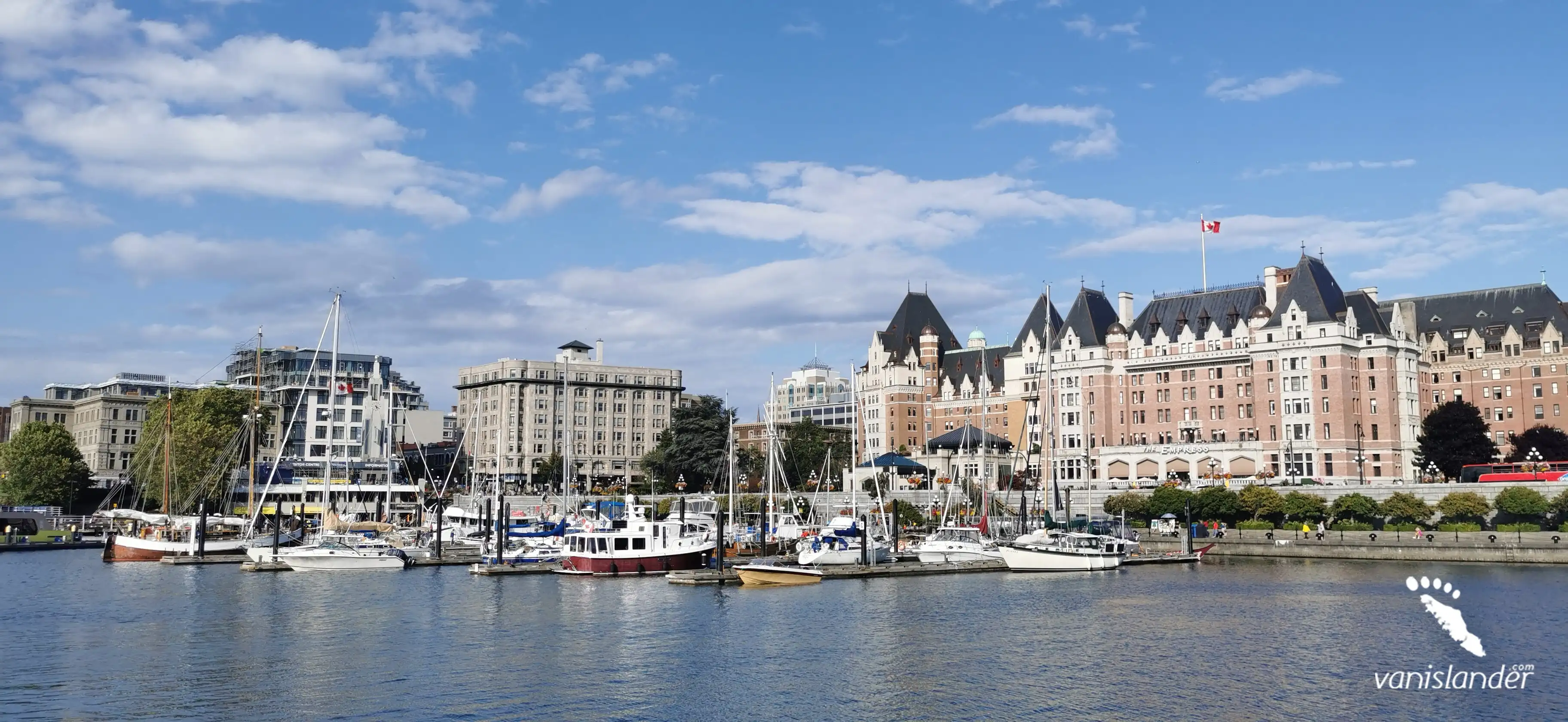Middle Scallop Cave is a limestone cave, formed through the dissolution of soluble rocks by water over millions of years. What sets this cave apart are its scalloped walls, which are a result of water erosion. These scallops, which appear as smooth, wave-like patterns on the cave’s surfaces, indicate past water flow conditions—smaller scallops suggest faster-moving water, while larger ones indicate slower flow. The cave’s ceilings are impressively high, reaching at least 10 meters in some sections, while the walls are narrow, so tight in places that turning around is impossible.
The cave’s floor is mostly smooth but also features scalloped patterns, adding to the challenge of navigation. The passages wind unpredictably, with one corner leading to another, creating a maze-like experience. At the end of the cave, explorers are met with a waterfall and a small exit hole, which can be physically demanding to navigate, especially for less agile visitors.
Water levels in the cave can vary seasonally. During wetter months, such as December, water can rise above boot height, requiring visitors to use the walls for support in some areas. This variability adds an element of unpredictability, making each visit unique.
More
Less
